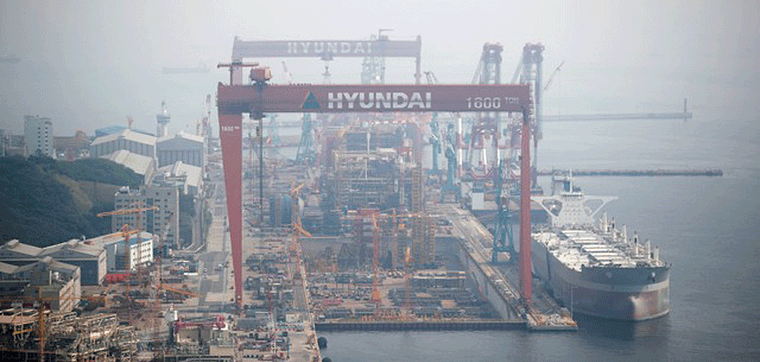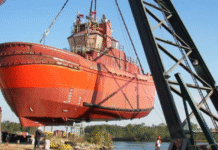
The coronavirus crisis is expected to drag foreign direct investment down by up to 40 percent this year, with a recovery not expected until 2022, UN economists said Tuesday.
A report by the United Nations Conference on Trade, Investment and Development (UNCTAD) found that lockdowns and the prospect of a deep global recession had dramatically shrunk FDI, which is a measure of cross-border private sector investment.
The agency said that worldwide, FDI was 49 percent lower during the first half of 2020 than during the same period in 2019 — and that every major form of foreign investment took a hit, ranging from infrastructure funding to mergers and acquisitions.
The rate of decline is expected to slow in the second half of 2020, resulting in a drop of 30 to 40 percent over the whole year, with FDI expected to retract much more moderately in 2021 before recovering in 2022.
“The outlook remains highly uncertain, depending on the duration of the health crisis and on the effectiveness of policy interventions to mitigate the economic effects of the pandemic,” Zhan said.
“Geopolitical risks also continue to add to the uncertainty.”
In the first half of this year, developed economies saw the biggest fall in investment, UNCTAD said, with FDI in the wealthier countries witnessing a 75-per cent drop from 2019 levels to just $98 billion during the first half of the year — a level last seen in 1994.
“The trend was exacerbated by sharply negative inflows in European economies,” the report said.
Flows to Europe in the first half of 2020 turned negative for the first time, hitting minus $7 billion.
FDI flows in North America fell by 56 per cent during the six-month period.
On a more positive note, FDI flows to developing economies decreased by less than expected at just 16 per cent, UNCTAD said.
Flows were 28 per cent lower in Africa, 25 per cent down in Latin America and the Caribbean, but just 12 per cent lower in Asia, mainly due to resilient investment in China.
FDI flows to so-called transition economies plummeted 81 per cent, pulled down by a strong decline in Russia, the report found.
“Highly uncertain’ outlook
UNCTAD said the outlook was poor, because new green-field investment project announcements dropped by 37 per cent in the first eight months of the year to $358 billion.
Green-field investment — considered an indicator of future FDI trends — typically refers to projects that create new physical facilities which are considered productive, in part because they typically create jobs.
Developing economies saw a much bigger fall in green-field investment than developed economies — 49 per cent compared to 17 per cent — reflecting their more limited capacity to roll out economic support packages, the report said.
“Flows to developing economies are expected to stabilise, with east Asia showing signs of an impending recovery,” said Zhan.
“Global FDI will continue its decline, though moderately, in 2021 — that is, up to 10 per cent.”
Zhan said the eventual rebound would be driven by corporate restructuring, with more resilience-driven investment.
“Longer term, we see the possibility of the transformation of global value chains that will change the landscape for global trade and investment,” he said.
He said this would be driven by a new industrial revolution, sustainable development, growing economic nationalism, shorter chains, and investment into the green and blue economies and into public service infrastructure.









